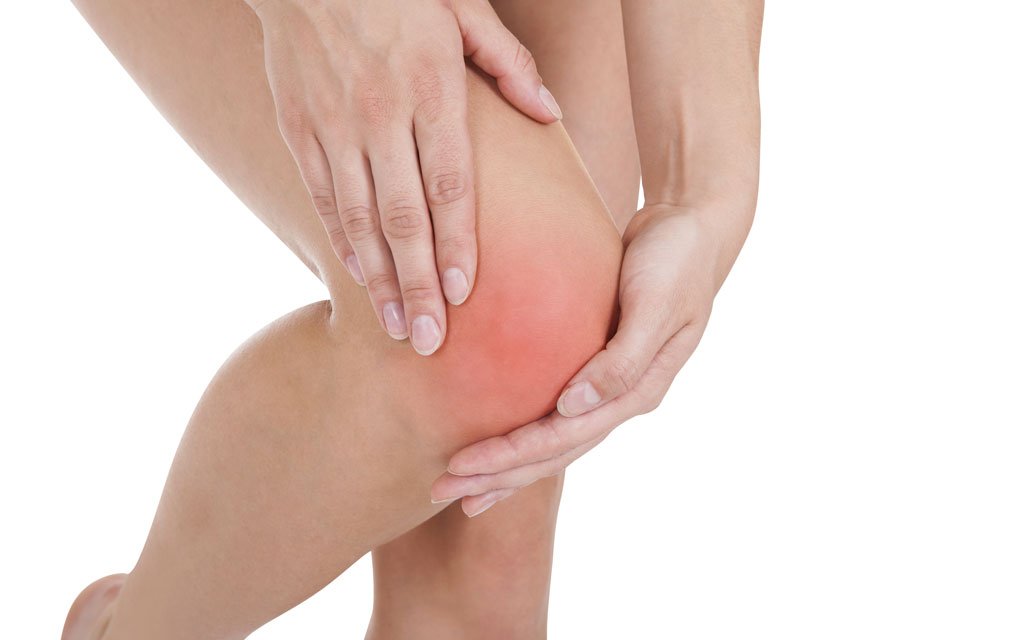
(WellnessPursuits.com) – “Sleep tight, don’t let the bed bugs bite,” is a cute childhood nursery rhyme that makes kids giggle. But it’s not a laughing matter when you actually find these nasty bugs in your bed. Gross! Well, don’t lose your cool (or your blood) over these pests. We’re going to discuss everything you need to know about identifying, preventing and getting rid of them.
What Are Bedbugs?
Bedbugs are tiny parasitic insects that live on the blood of humans and animals. Adult bedbugs are around the size of an apple seed. They are brown usually, but after they feed, they swell up and become a red color.
These tiny bugs tend to hide on or near beds. But they can also be found in other places in your home. They are common in areas with many nighttime guests like hospitals, hotels, and homeless shelters.
Young bedbugs are called nymphs. Nymphs will shed their skin five times before they are fully grown. Before they shed, they need a meal of blood. It takes about a month for the bugs to reach maturity.
These bugs are tough and smart. They reproduce fast, and they know where to hide. Bedbugs can live for months between feedings. And the females can lay as many as 500 eggs throughout her life.
Bedbugs are a gross nuisance; however, they pose little risk for transmitting diseases.
Where Do Bedbugs Hide?
One of the bad things about bedbugs is that they can get into your home undetected. They often hitch a ride on luggage, clothes, and used couches and beds. Their small size allows them to get into tiny spaces and hide.
Bedbugs are often found in bed frames, headboards, box springs, and mattresses. They like to hide in places where they have easy access to feed on people at night. You can also find them:
- Behind electrical outlets and light switch plates
- In the seams of upholstered furniture
- Near baseboards under the carpet
- Behind loose wallpaper and peeling paint
- On clothing
- On drapes
These little bugs don’t have nests like bees or ants, but they do live in groups and often hide together. They may scatter throughout the room or home over time.
If you have bedbugs in your home, it’s not a sign of dirtiness. They can be found in immaculately clean spaces just as easily as filthy rooms. They don’t depend on food waste or dirty conditions. Instead, they live solely on blood.
When Do Bedbugs Bite?
Bedbugs are the most active at night. Typically they bite while you’re sleeping. They feed on your blood for 3 to 10 minutes. Then, they become engorged and crawl away without ever being noticed.
What Are the Symptoms of Bedbug Bites?
Bedbug bites usually turn into itchy welts, although they are generally painless at first. You can get bedbug bites on any area of your body where your skin is exposed.
Often, people attribute the itchy bites to other causes like fleas or mosquitoes. To be sure a bedbug has bitten you, you should look for them in your bedding and around your bed.
Bedbug bites are typically:
- Red
- Itchy
- Found in a cluster or line
- Found on the neck, face, hands, and arms
In some rare cases, people have allergic reactions to bedbug bites. If this happens, you should see your doctor.
Signs You Should Look For
One sign that you may have bedbugs is waking up itchy. You should be especially cautious if you bring used furniture or beds into your home. Some other signs to look for include:
- Bloodstains on your bedding
- Dark rusty spots of bedbug droppings on your sheets, clothes, or walls
- Bedbug excrement, shed skins or eggshells in hiding places
- Musty odor
What to Do If You Find Bedbugs
If you think you have bedbugs, the first thing to do is to remove and check all of your bedding. Be sure to remove the dust cover from your box spring and look at all of the seams in the wood frame.
You should also look around your bed. Check your books, phones, electrical outlets, and the edge of the carpet. Because these pests can attach to clothing, you should also look in your closet. If you suspect bedbugs, but you’re not sure, call an exterminator. They know what to look for.
Use Your Vacuum
If you find bedbugs, the next thing to do is to contain the infestation. You can do that by vacuuming any possible hiding spot. After you’ve vacuumed up the bugs, place the contents into a sealed plastic bag and throw it away. Don’t forget to clean your vacuum afterward.
Kill the Bedbugs
Place all of your bedding and clothes in plastic bags until you can throw them in the wash. When you wash them, use the highest possible temperature setting in both the washer and dryer. Put anything that can’t go in the washer or dryer in plastic bags. Keep it in there until the bugs are dead. It will probably take a few months.
You can also use a steamer on all of the places where bedbugs hide. They really don’t like very hot temperatures, so another thing you can do is to put all of the infested items in plastic bags and leave them outside in the sun on a hot day.
Use Insecticides
You may have to use insecticides to get rid of these bugs. If you opt for chemicals, make sure that you use EPA-registered products that are specifically labeled for bedbugs.
Once you’ve removed all of the bugs, you should seal up your bed so that they don’t come back. Try using bedbug-proof covers on your box spring and mattress. These covers will trap any old bugs inside until they die, and they will prevent new bugs from getting in.
Tips for Prevention
Bedbugs are difficult to get rid of, so it’s ideal to do everything you can do to prevent them in the first place. Here are some tips:
- When you travel, look for bedbugs in hotel rooms and avoid bringing them home.
- Vacuum and wash your carpet, furniture, and bedding often.
- Cover your box spring and mattress with a bedbug cover and keep it sealed.
- Clean up any clutter on the floor around your bed.
If you do end up with bedbugs, be patient. It’s going to take some time and effort to get rid of these pests. If all else fails, call an exterminator and let the professionals handle it.
~Here’s to Your Healthy Pursuits!
Copyright 2025, WellnessPursuits.com
















